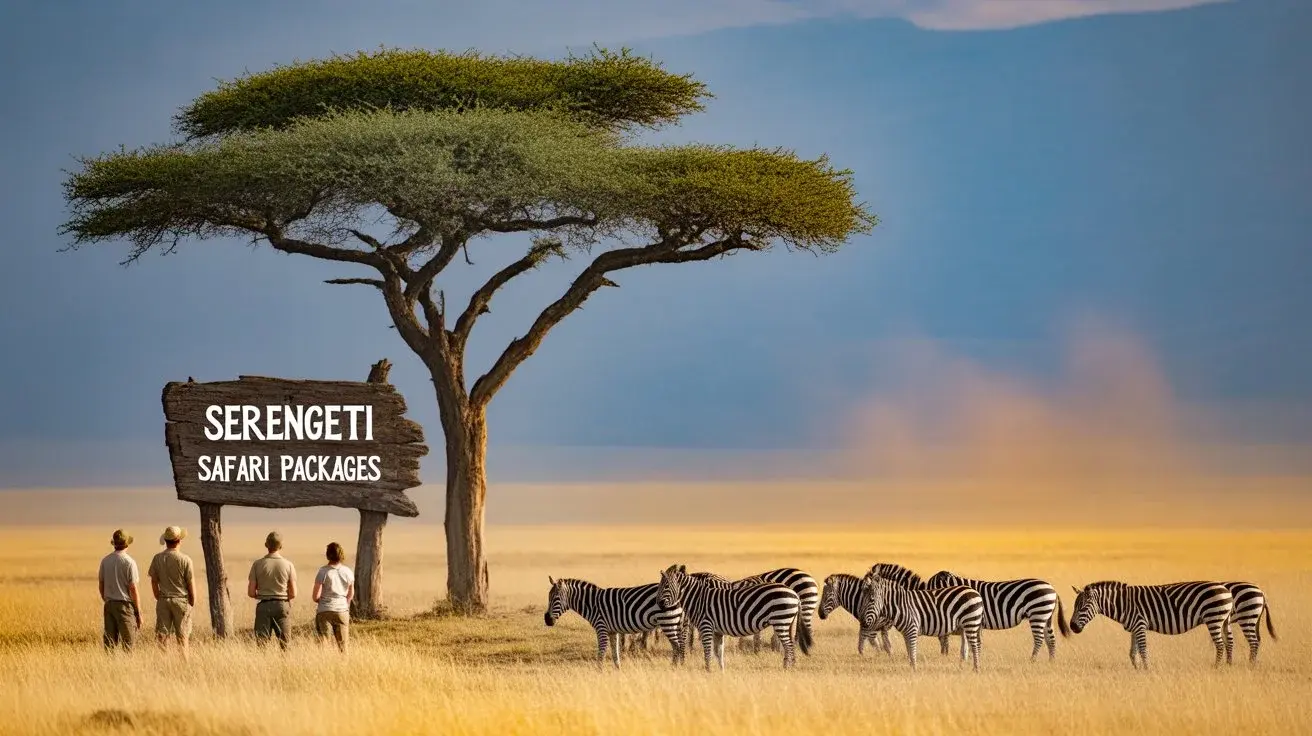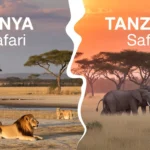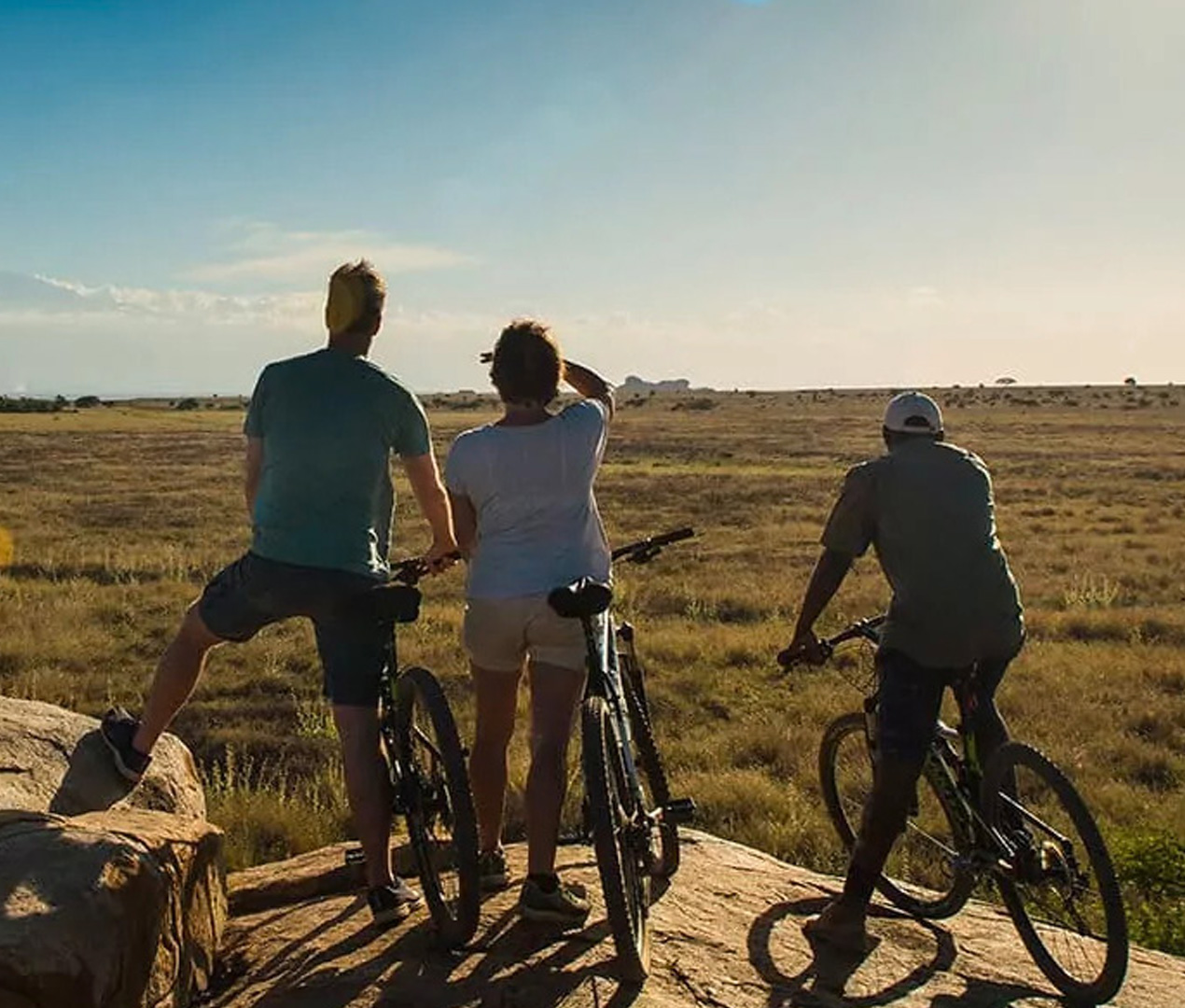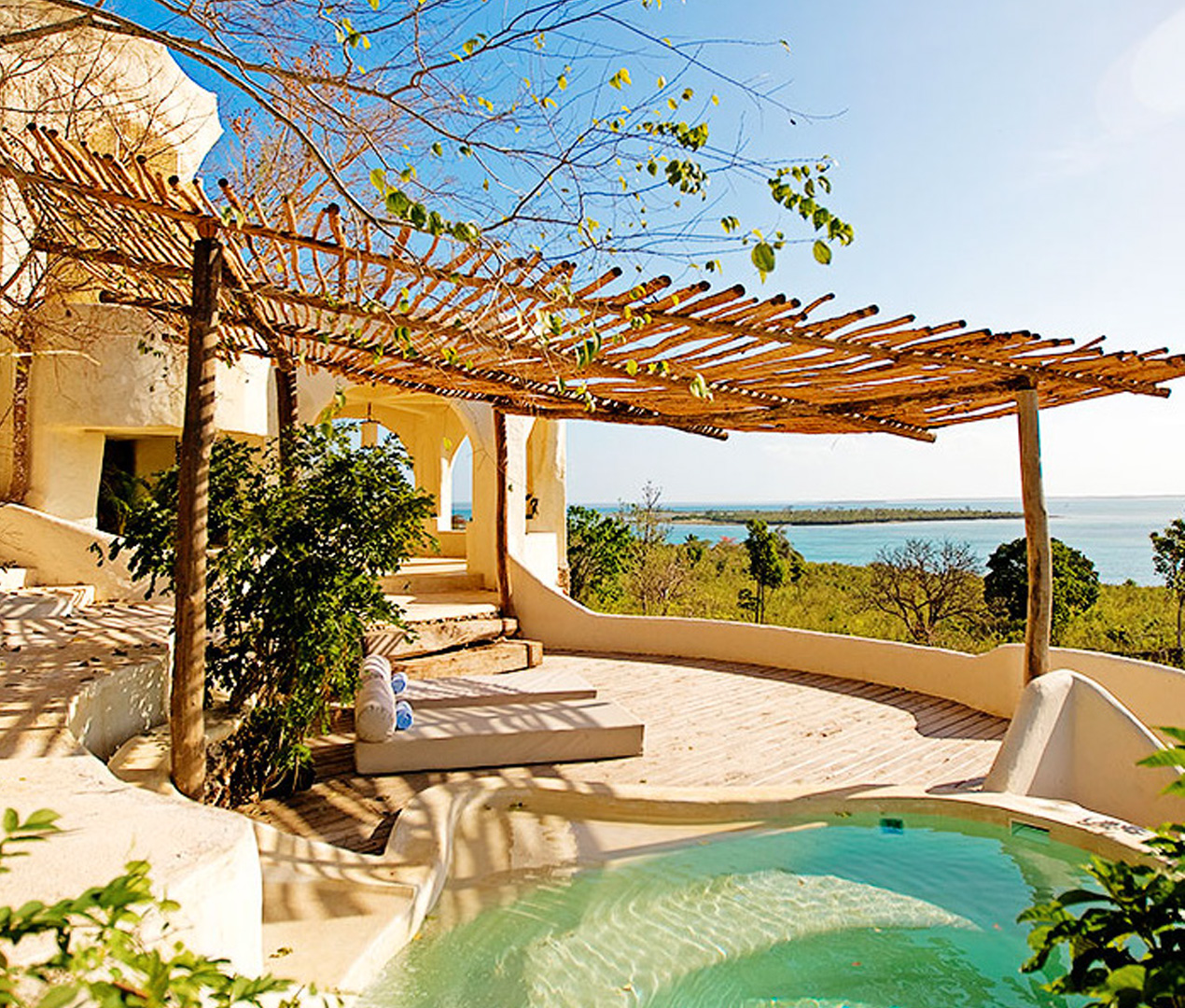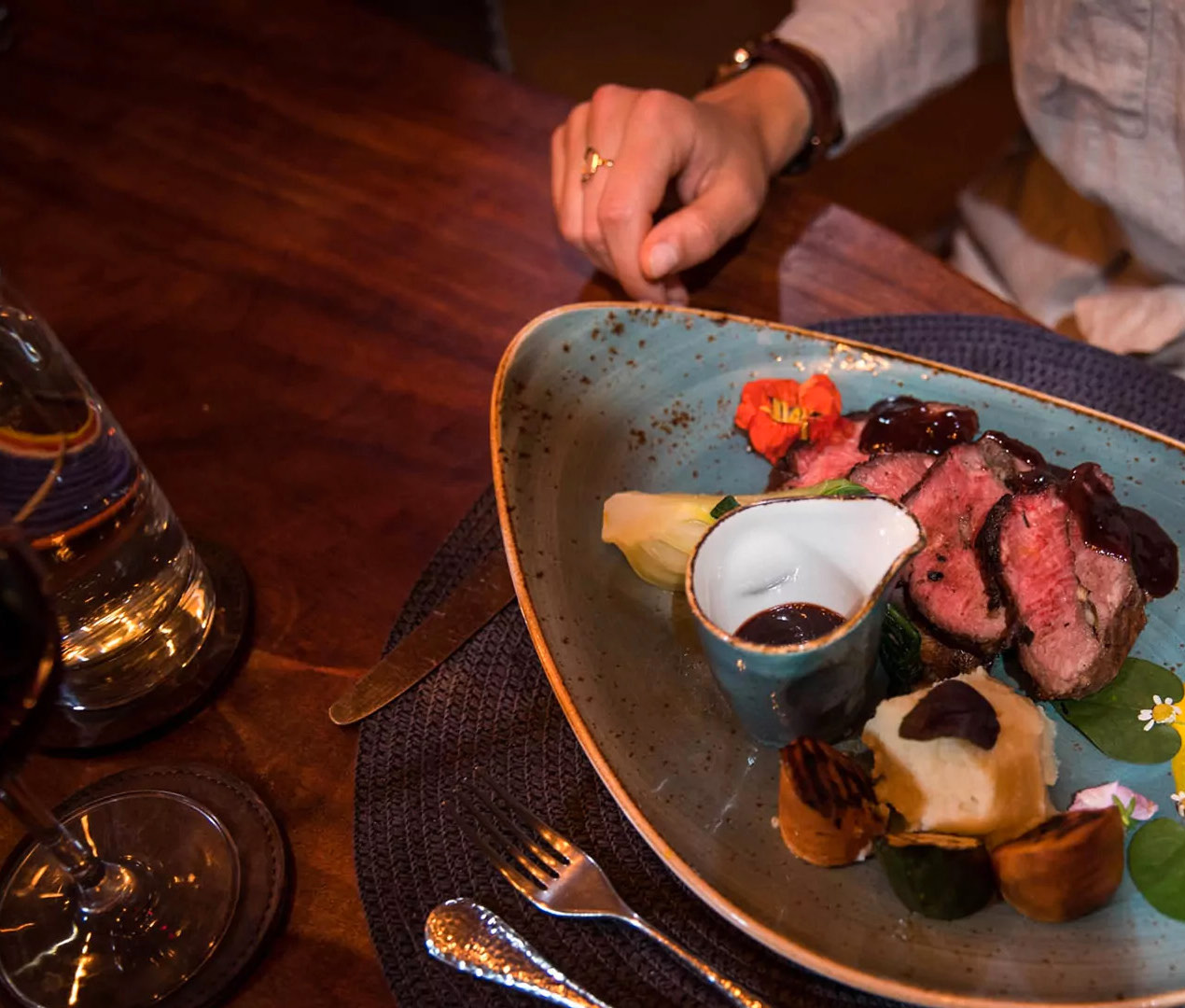Imagine waking up to a golden sunrise over the endless plains of Tanzania’s Serengeti National Park, where the world’s greatest wildlife spectacle unfolds before your eyes. Whether you’re dreaming of spotting the Big Five or witnessing the thundering Great Migration, Serengeti safari packages offer the perfect way to dive into this natural wonder.
This guide covers everything you need to plan your dream safari from park highlights and package types to costs, best times to visit, and insider tips. Let’s explore how to make your Serengeti adventure unforgettable, no matter your budget or style.
Also Check: Madagascar Travel & Holiday Packages
Discovering the Wonders of Serengeti National Park
Spanning roughly 15,000 square kilometers in northern Tanzania, Serengeti National Park is a bucket-list destination famed for its breathtaking landscapes and unparalleled wildlife. Vast savannahs, rocky kopjes, and riverine woodlands create a stunning backdrop for the Great Migration, where 1.5–2 million wildebeest, alongside zebras and Thomson’s gazelles, journey across the plains annually.
As a UNESCO World Heritage site (shared with Kenya’s Maasai Mara), the Serengeti boasts the planet’s highest concentrations of large mammals, including 2,700 African elephants, 200 black rhinos, 4,000 lions, 1,000 leopards, and herds of buffalo, giraffes, and hippos.
This ancient ecosystem, with human ancestors traced back millions of years, remains remarkably intact, offering a raw glimpse into nature’s grandeur.
Types of Serengeti Safari Packages
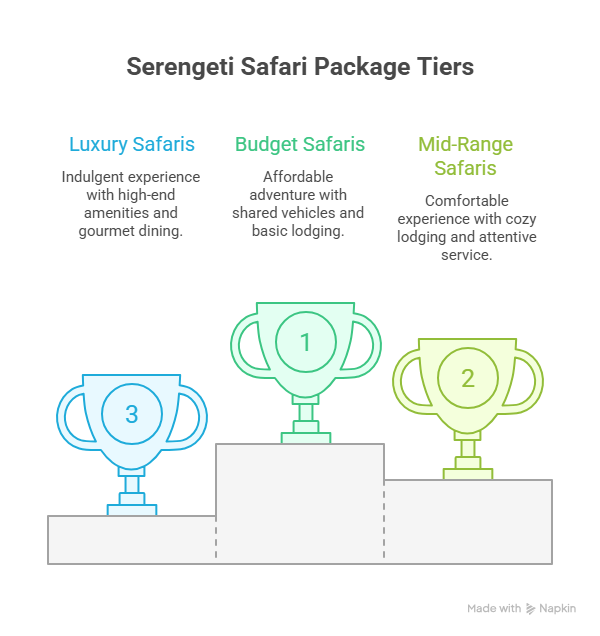
Serengeti safari packages cater to every traveler, from budget adventurers to luxury seekers. East African tour operators offer a range of options to suit different preferences and budgets:
- Budget Safaris (Camping or Basic Lodges): Ideal for cost-conscious explorers, these packages use shared 4×4 jeeps and simple tented camps or campsites. You’ll often join group tours, sharing vehicles and sometimes helping with communal cooking. Prices range from $200–$300 per person per day, all-inclusive, making it an affordable way to experience the wild.
- Mid-Range Safaris: Offering more comfort, these include cozy tented camps or 2–3 star lodges, often with private vehicles or small group tours. Expect to pay $350–$500 per day per person for quality accommodations and attentive service a great balance of value and comfort.
- Luxury Safaris: For those craving indulgence, high-end packages feature 4–5 star lodges or tented camps with amenities like private pools and gourmet dining. Many are fly-in, using small planes to hop between airstrips (e.g., Seronera, Kogatende). Rates start at $500–$600 per person per day, with premier camps exceeding $1,000/day for a fully guided, all-inclusive experience.
You can choose between group vs. private safaris: Group tours split costs for fuel, guides, and fees, keeping things budget-friendly, while private safaris offer personalized flexibility at a premium. Drive-in vs. fly-in is another decision: Driving from Arusha or Kilimanjaro (6–8 hours to central Serengeti) is cheaper and scenic but bumpy; flying (about 1 hour, $200–$250 one-way) saves time but adds cost.
Safari Duration: How Long Should You Stay?
The length of your Serengeti safari package shapes your experience—longer trips mean more wildlife sightings and a deeper connection to the park. Common durations include:
- 3–4 Day Safaris: Compact and action-packed, these often focus on one area (e.g., Southern or Northern Serengeti) and may require fly-in logistics. They’re great for quick trips, but sightings may start to feel repetitive after a few days.
- 5-Day Safaris: A popular choice, offering 2–3 nights in the Serengeti plus visits to Ngorongoro Crater or Lake Manyara. This duration allows a relaxed pace and better chances for diverse wildlife encounters.
- 7–10 Day Safaris: The best for a comprehensive adventure. A 7-day trip covers the northern circuit’s highlights (Manyara, Ngorongoro, Serengeti zones), while 10+ days let you explore all regions (Southern, Central/Seronera, Western Grumeti, Northern Mara) at leisure. Experts recommend at least 7 days to avoid feeling rushed.
Best Times to Visit for Serengeti Safari Packages
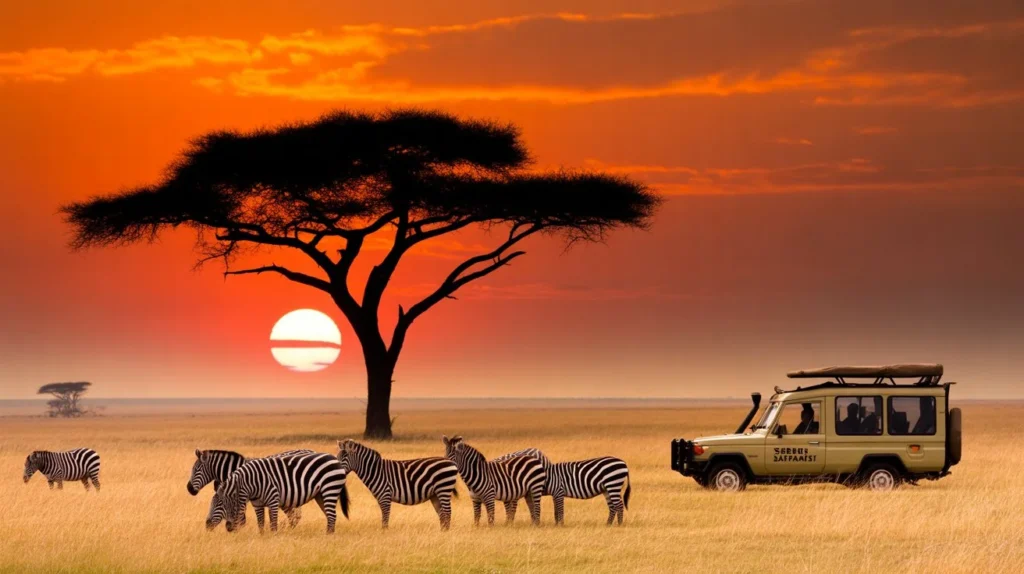
The Serengeti is a year-round destination, but wildlife and weather vary by season, impacting your experience:
- January–February (Short Rains/Calving Season): The Southern Serengeti (Ndutu area) comes alive with over a million wildebeest calving, drawing predators for thrilling chases. Occasional showers add drama, but wildlife viewing is spectacular.
- March–May (Long Rains): Heavy rains bring lush greenery, abundant migrant birds, and fewer crowds. Roads can get muddy, so it’s ideal for flexible travelers seeking lower rates and a quieter park.
- June–October (Dry Season): The prime safari season, with short grass and animals gathering at waterholes. The migration moves north, with dramatic river crossings at the Grumeti (late June) and Mara (July–September). Expect higher prices and more visitors, but the wildlife sightings are unmatched.
- November–December (Short Rains/Shoulder Season): Light rains return, offering scenic greenery and great wildlife viewing with fewer crowds. It’s a value-packed time before the holiday rush.
For the best wildlife action, June–October is ideal for general viewing, while January–February shines for calving and predator sightings. Visiting in both dry and wet seasons offers unique perspectives.
What’s Included in Serengeti Safari Packages?
Most packages are all-inclusive, designed to let you focus on the adventure. A typical Serengeti safari package includes:
- Accommodation: Full-board stays in tented camps or lodges with en-suite facilities, ranging from basic to luxurious.
- Meals: All breakfasts, lunches, and dinners (often buffet or set menus), with options for special diets upon request.
- Transportation & Guides: 4×4 game drives in pop-up-roof jeeps (shared or private) with expert English-speaking guides/drivers.
- Park Entry Fees: Daily Serengeti fees, plus Ngorongoro or Manyara fees for multi-park itineraries, are usually covered.
- Drinking Water & Transfers: Bottled water during drives and airport/hotel transfers to and from your first/last camp.
Extras like sundowner drinks, bush dinners, or laundry may be included, but add-ons such as hot-air balloon safaris (~$400/person) or Maasai village visits are optional. Tips for guides and staff ($10–20 per person per day) are customary but not included.
Top Tour Operators and Sample Packages
Trusted operators like Eastafricawild, African Paradise Safaris, Nomad Tanzania, Asilia Africa, Wilderness Safaris, Tawari Tanzania, Intrepid Travel, G Adventures, Abercrombie & Kent, and Thomson Safaris offer reliable Serengeti safari packages. Sample itineraries (per person, all-inclusive):
- 4-Day Budget Safari: Shared jeep camping, ~$1,200–1,300 total (~$300/day).
- 5-Day Mid-Range Safari: Tented camps with Ngorongoro, ~$1,800–2,500.
- 3-Day Luxury Safari: Fly-in upscale camp, from ~$3,500+ (~$1,000/day).
- 7-Day Luxury Circuit: Lodges like &Beyond or Four Seasons, ~$5,000+.
Nightly rates vary: Luxury lodges start at $500–$600 (low season) to $1,000+ (peak); campsites range from $50–$100. For example, African Paradise Safaris offers a 4-night camping safari for ~$1,200, while Intrepid Travel’s 7-day northern circuit is ~$2,400–2,600. &Beyond’s 4-night packages start at $600–$800 per night in low season. Always compare quotes and check included lodges.
Insider Tips for Choosing Your Serengeti Safari Package
To ensure your safari is everything you dreamed of:
- Match Your Interests: Plan for June–September in the northern Serengeti for migration river crossings or January–February in the south for calving and big cats.
- Prioritize Duration: Aim for 5–7 days minimum for a fulfilling experience; shorter trips may feel repetitive after 3–4 days.
- Group or Private? Choose group tours for savings or private for tailored flexibility, ideal for honeymoons or families.
- Accommodation Fit: Tented camps offer an authentic vibe; lodges provide more amenities. Confirm if camps are mobile (some close in wet season).
- Seasonal Smarts: Avoid March–May long rains for easier travel; fly-in options are reliable if roads get muddy.
- Physical Prep: Expect early starts and bumpy rides. If mobility is an issue, consider fly-in itineraries or fewer camp changes.
- Health & Safety: Pack malaria prophylaxis, insect repellent, and travel insurance with emergency evacuation. Follow guide safety rules around wildlife.
- Cultural Respect: Ask permission before photographing locals in Maasai villages and dress modestly (long skirts/pants, covered shoulders).
Booking, Visa, and Travel Essentials
A Tanzania tourist visa ($50–$100, depending on nationality) is required for most international visitors. Apply online via e-visa or on arrival at Kilimanjaro (JRO) or Dar es Salaam airports. U.S. citizens can get a one-year multiple-entry visa. Your passport must be valid for 6+ months, and you’ll need return tickets and yellow-fever vaccination proof if coming from a risk area. Stay updated on routine vaccines and malaria prophylaxis.
Fly into Kilimanjaro International (2.5 hours from Arusha), then drive (7–8 hours) or fly domestically ($200–$250 one-way, ~1 hour) to Serengeti airstrips like Seronera or Kogatende. Book flights early for peak season (June–October, December–January). Bring USD cash for tips, as ATMs are rare in the park. Travel insurance, including medical evacuation, is essential for remote areas.
Frequently Asked Questions (FAQs) About Serengeti Safari Packages
1. What is the best time to visit Serengeti National Park?
The dry season (June–October) is ideal for wildlife viewing, with animals gathering at waterholes and migration river crossings in the north. January–February is perfect for calving in the south, with abundant predators. March–May offers lush scenery and fewer crowds but can be rainy.
2. How much do Serengeti safari packages cost?
Budget packages start at $200–$300 per person per day, mid-range at $350–$500, and luxury at $500–$1,000+. Costs depend on duration, season, and inclusions like flights or add-ons.
3. What’s included in a typical Serengeti safari package?
Most include accommodation (tented camps/lodges), all meals, 4×4 game drives with guides, park fees, water, and airport transfers. Extras like balloon safaris or tips are usually not included.
4. Should I choose a group or private safari?
Group safaris are cheaper, splitting costs among travelers, while private safaris offer flexibility and personalized experiences, ideal for special occasions.
5. Are Serengeti safaris safe?
Yes, with reputable operators and experienced guides. Follow safety instructions, like staying in vehicles near predators. Pack malaria prophylaxis and get travel insurance.
6. Do I need a visa for Tanzania?
Yes, most visitors need a tourist visa ($50–$100). Apply online or on arrival at major airports. Ensure your passport is valid for 6+ months and carry vaccination proof if required.
7. How long should my Serengeti safari be?
Aim for 5–7 days for a balanced experience; 7–10 days is best for a comprehensive adventure. Shorter 3–4 day trips are possible but may feel rushed.
8. What should I pack for a Serengeti safari?
Bring lightweight, neutral-colored clothing, a hat, sunglasses, insect repellent, malaria meds, binoculars, a camera, and USD cash for tips. Respect local customs in villages with modest attire.
Conclusion: Plan Your Serengeti Safari Adventure Today
A Serengeti safari is more than a trip it’s a journey into the heart of nature’s most awe-inspiring spectacle. From budget-friendly camping to luxurious fly-in lodges, Serengeti safari packages cater to every traveler’s dream. Whether you’re chasing the Great Migration, spotting the Big Five, or immersing yourself in Maasai culture, the right package can make your adventure seamless and unforgettable.
Start comparing trusted operators like African Paradise Safaris or Intrepid Travel, book early for peak seasons, and prepare for a once-in-a-lifetime experience in Tanzania’s wild heart. Your Serengeti story awaits—begin planning today! with eastafricawild.
